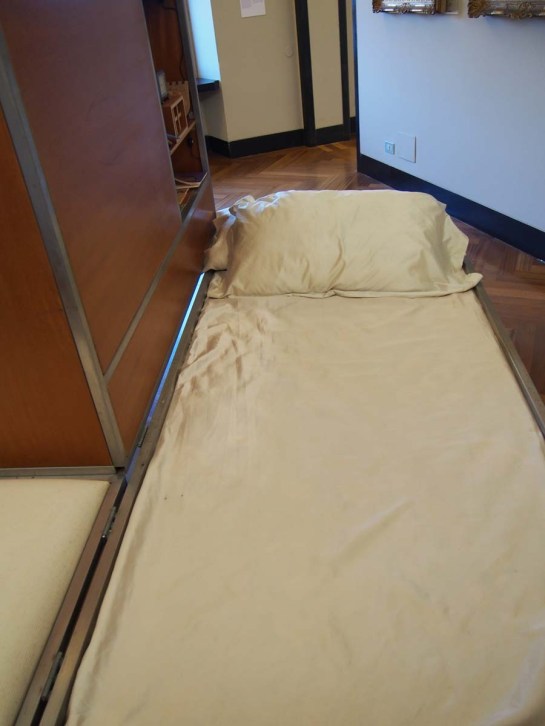I have been working on a little sketch competition to create a pleasure desk for a well known colleague who is to conclude soon his numerous years of famous lectures and turn them into book volumes.
In Mark’s original lectures and debates on numerous architectural topics was ever present negotiations to how we relate, evolve and subconsciously react to the world that surrounds us, how these relations may affect our ever-changing psychic and physical bodies while recognising the indeterminacy of the external world, and architecture’s oblique place within it.
Inspired by Mark’s unique topics designing a desk for Mark became uniquely oblique question – can a desk as a utilitarian object become an agent in evolving indeterminately functional relationships in architecture space for ever changing physical and psychical satisfaction of needs?
Thinking materially what desk as an object and architecture share are edges of materiality that bodies brush off so often. Greatly unexplored in desk design these corners and edges may be opportunities to address indeterminacy of needs within an interior space and turned into deliciously pleasurable edges, not for one but few people.
As important drive and intrinsic principle that operates at unconscious level that demands gratification of desires and need A Pleasure Desk with Soft Lines for Mark is also a utilitarian object and a potent drive for making it a comfort zone and joy to work at in the office. It could be rotated, moved and adjusted to numerous positions in the room so to relate to students, visitors or colleagues and other pieces of furniture. It has an underneath storage space for various chapters of Mark’s forthcoming volumes, loose items like bags or computer bags and the raised level, un-obstructive shelf for coffee cups, pencils, ashtrays and cigarettes. Desk’s position in the room is indeterminate, hence the introduction of ‘soft lines’ – a tool and an element by which design could be precariously understood – as a pliability to touch similar to other utilitarian objects like a phone, cup or a lighter or as a painter’s depiction of softness and richness of fabric that is in touch with the body. Finally the colour – a first thing that is perceived in the brain, before motion and form – is an element of joy and alteration of space in the room – a table as a source and focus for many events that take place in the room.
All together a bit like Mark himself.




















































